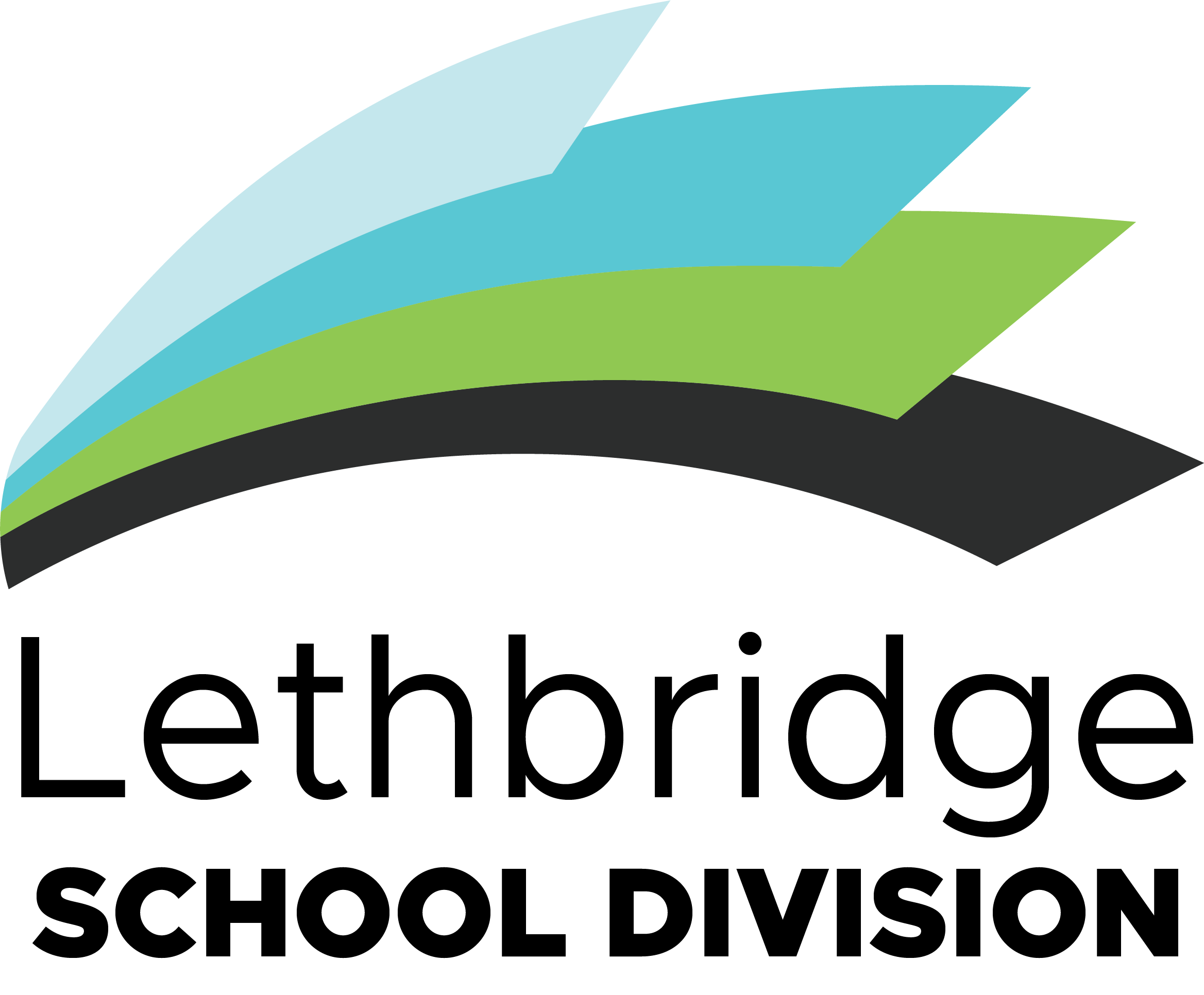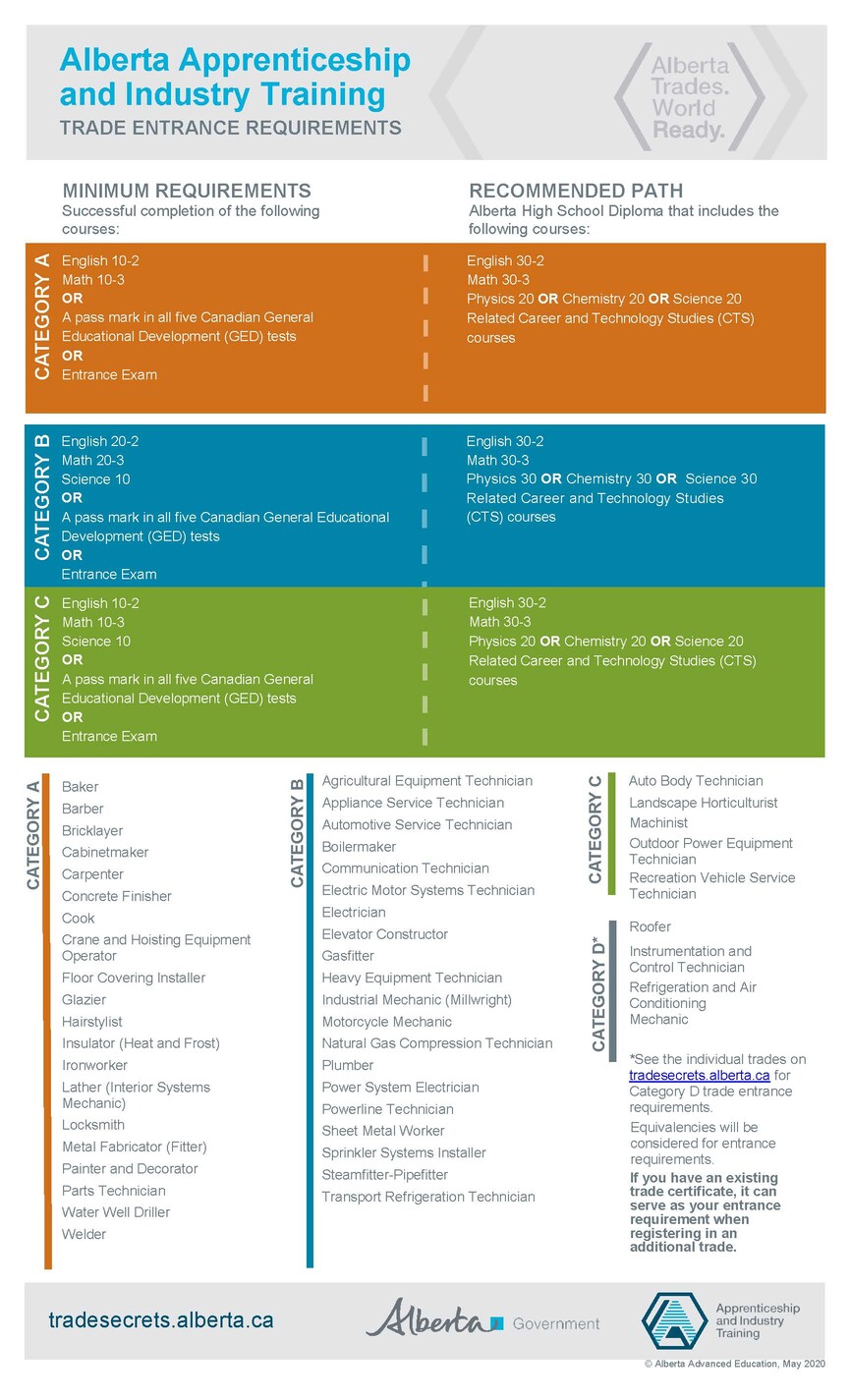Career Practitioner Information
What can a career practitioner help with?
Ability to help with:
- Exploring post-secondary options
- Assisting with scholarships
- Applying for University/college programs
- Supporting you in resume building
- Supporting you in job searches
- Help with referral for the Registered Apprenticeship Program, Green Certificate, and Dual Credit
- Assist with questions regarding off-campus programming
When will they be at Chinook High School?
Sara Roncin will be at Chinook every Monday from 8:00- 4:00 in Room 209
How do I get ahold of Sara throughout the week?
You can reach out either by Microsoft Teams, email, or text message.
Microsoft TEAMS- sara.roncin
Email- sara.roncin@lethsd.ab.ca
Phone- 403.635.1854



